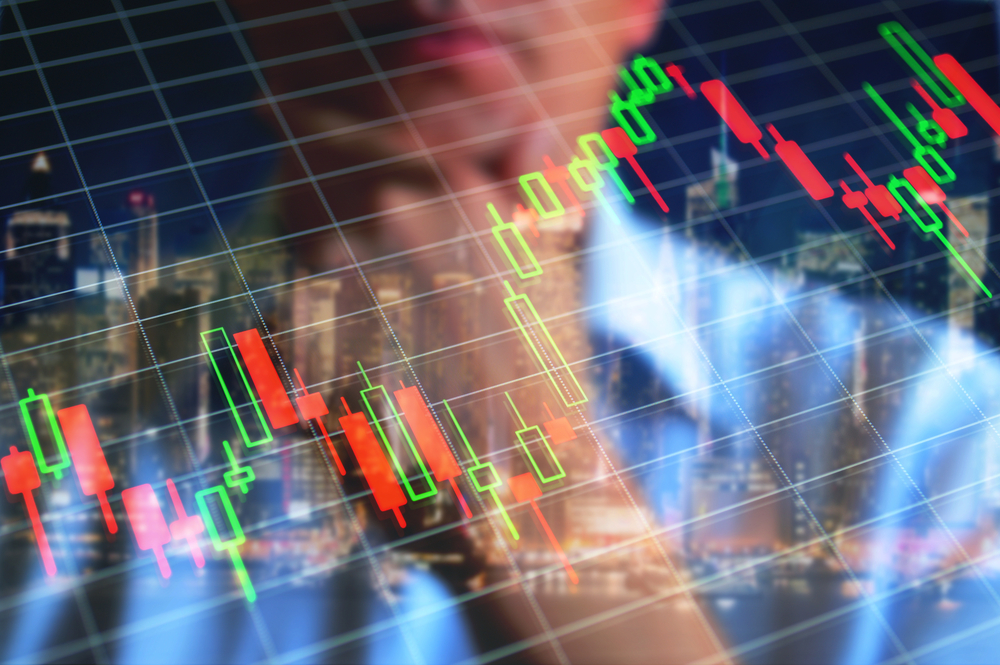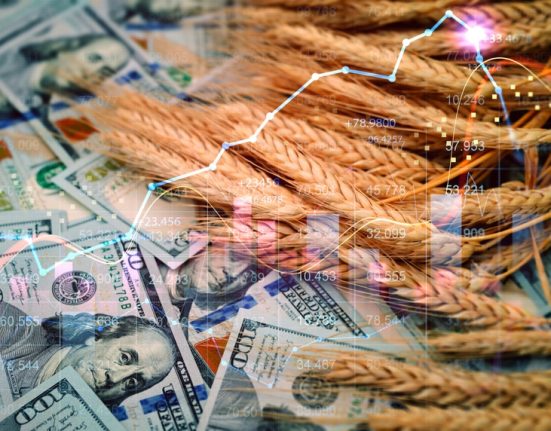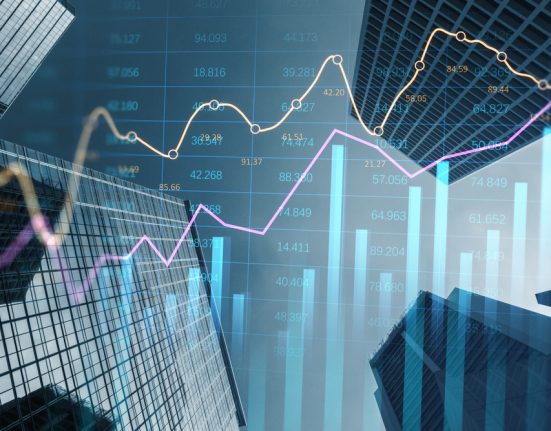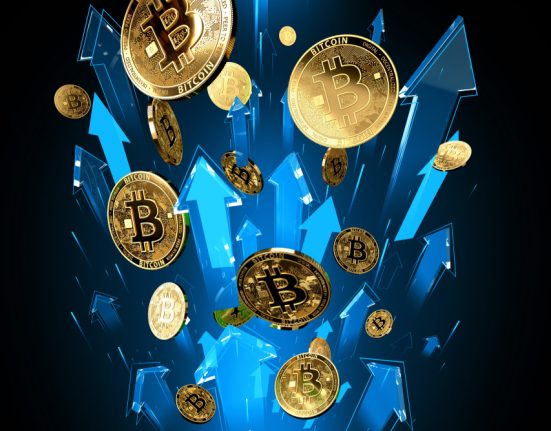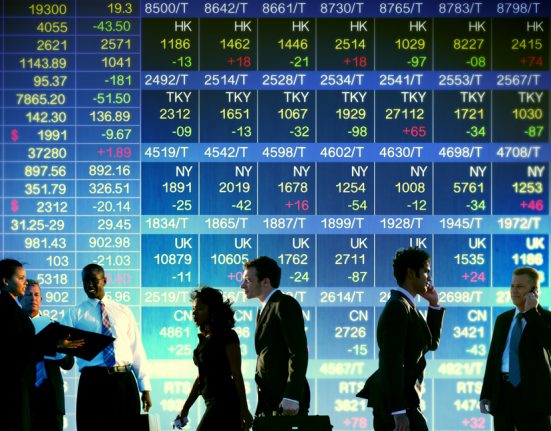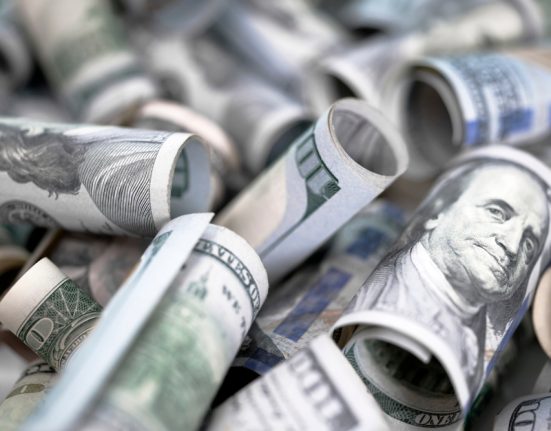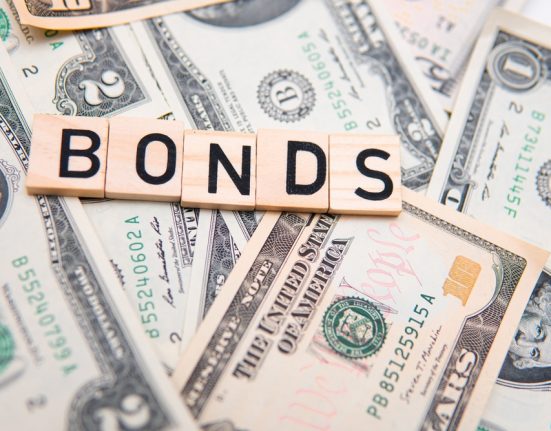Investors have parked nearly $6 trillion dollars in money market funds, a proxy for dollar bills. There’s a lot that could go wrong, especially for retirement savers
There are nearly 6 trillion reasons investors love cash right now — and signs the romance could be an unhealthy habit.
Instead of daring to buy stocks and bonds, savers are pouring dollars into super-safe investment funds, locking in a guaranteed return of 5% — sometimes nearly 6%. Americans now hold a near-record $5.9 trillion in those money market funds, according to new data released Thursday by the Investment Company Institute.
Sold by banks and asset managers like Fidelity Investments and BlackRock, the lucrative yields are fueled by the Federal Reserve’s interest rate hikes that began in March 2022, a bid to stifle inflation by making it more expensive to borrow money. But within the returns lurks a time-worn danger — one now amplified by fears that stocks are overvalued as concerns about a recession dwindle.
In other words, money market funds are a great option right now — but you’ll miss out on amassing long-term gains if you become too infatuated with them and keep your dollars there.
The funds are “a good place to be if you’re trying to build an emergency fund or you’re saving up for a downpayment or some other type of short-term goal,” said Amy C. Arnott, a chartered financial analyst and portfolio strategist at Morningstar Investment Services. But if you’re aiming to build wealth over the long haul, “you definitely want that cash to be in other assets, like equities and bonds.”
‘Jubilant’
Since about 1800, stocks have returned an average of 6.5% to 7% after accounting for the impact of inflation on the purchasing power of those profits, with Wall Street’s returns so far this century within that range, consulting firm McKinsey says. That’s before taxes take a further bite out of the gains.
Money market funds also face a tax hit — ordinary rates on interest income, capital gains rates on gains — unless they invest solely in securities issued by states, local governments and other municipal agencies. But they’re less prone to the pain of inflation because they can only invest in securities that mature, or pay investors back, in at most a little over a year, like Treasury bonds, certificates of deposit and short-term, high-quality corporate bonds.
The funds, which emerged in the early ‘70s, are dependent on interest rates, currently at a 22-year high. When rates hit nearly 20% during the double-digit inflation of the ‘70s and early ‘80s, they paid handsomely. But in the years before the COVID-19 pandemic, they gave investors next to nothing, thanks to the Federal Reserve’s free-money policy of near-zero rates.
“After a death march of zero rates, the feeling of making 5% on your cash now is jubilant,” said Brian Portnoy, a co-founder of Shaping Wealth, a behavioral finance consulting firm in Chicago. “For many people, it feels really good to get these kind of returns from doing nothing.”
Safety Blanket
In times of economic, market and geopolitical stress, cash feels like a warm blanket. The nation’s central bank, which kept interest rates steady on Wednesday after 11 consecutive hikes, signaled it would cut rates starting next year. Wall Street cheered, with the Dow Jones Industrial Average setting a new record on Wednesday and moving even higher Thursday, nudging up 0.43% to close at 37,248.
Despite that upswing, many investors still don’t feel good — and cash is their safety blanket.
Even millionaires have been hoarding. Consulting firm Capgemini found in a survey that investors with at least $1 million in investable assets last year kept, on average, 34% of their portfolios in cash or cash equivalents like money market funds and certificates of deposit. U.S. Bank recommends 2%-10%.
“There is fear out there — what happens if inflation picks up again, or what happens if the Fed isn’t able to engineer a ‘soft landing’ and we start going into recession?” Arnott said.
Investors were primed to pile into cash and cash-like investments after building up savings at unprecedented rates during the pandemic. Individuals and small businesses not only spent less but got roughly $2.4 trillion in direct checks from the federal government.
Now financial advisors are worrying that the stampede into cash-equivalent investments could become an addictive habit. They “likely won’t get you where you need to be in terms of reaching your long-term financial goals, like retirement,” brokerage Edward Jones says.
Savers are also feeling burned by last year, when the S&P 500 plunged 18% after a 13-year bull market run (except in 2008), and bonds had their worst performance in nearly a century. But Wall Street’s rebound so far this year has investors worried that stocks are now too pricey, leading many to try to pick the perfect moment to time their leap from cash back into equities — a temptation that almost never works.
“Market timing is hard,” wrote Ben Carlson, a chartered financial analyst at New York-based Ritholtz Wealth Management, in a blog post last month. “And once you do it, market timing can lead to a cash addiction.”
There has never been a 25-year span where cash has outperformed the U.S. stock market, according to Finimize, a London-based financial information website for retail investors. In an example from Morningstar, a retiree who began saving $10,000 a year in 1993 and stashed everything in cash would have ended up with about $380,000 by the end of last year — but roughly $1.5 million if she had invested in an all-equity portfolio.
‘The Quiet King’
Vanguard Group predicted Wednesday that U.S. stocks could return on average as little as 4.2% a year over the next decade, and at best 6.2% — a level comparable to the guaranteed payouts of money market funds. Two months ago, the giant mutual fund manager’s outlook was even more dire: 3.7%–5.7%.
With less profit to be had from stocks, the high yields on money market funds have “temporarily muddied” their historical distinction from cash, Merrill Lynch wrote in an undated note. In that blurring, the takeaway for ordinary investors is that “cash is no longer trash,” said Tom Balcom, the founder of 1650 Wealth Management in Lauderdale-by-the-Sea, Florida.
The $5.9 trillion stockpiled in money market funds includes dollars from both individual investors and mutual funds, pension funds and other institutional investors who invest on behalf of ordinary savers. In the winter months leading up to the emergence of the pandemic in spring 2020, the funds held nearly one third less, or $4 trillion. The total holdings now are just short of the all-time record of $6 trillion at the end of September, data from the Fed’s St. Louis branch shows.
Despite the nudge down in the total numbers, retail investors are still piling in. They held nearly $2.3 trillion in the funds as of Wednesday, Investment Company Institute data shows — more than double what they held in March 2022, when the Fed began its interest rate hikes. Ordinary savers added another $3 billion over the seven days through Wednesday.
For millions of ordinary investors, “cash is the quiet king right now,” Portnoy said.
In contrast, institutional investors are paring their holdings. They dumped more than $14 billion of the funds over the past week through Wednesday, and now own $3.6 trillion.
Fed data show that the last time money market funds held such appeal was during the 2007-08 financial crisis. As the housing bubble burst following years of lax lending to homeowners who couldn’t pay their mortgages, Lehman Brothers went bankrupt and the federal government bailed out giant insurer AIG, Citigroup and Bank of America.
This time around, Arnott said, “I would just caution people not to overdo it if they are trying to save for a long-term goal.”


